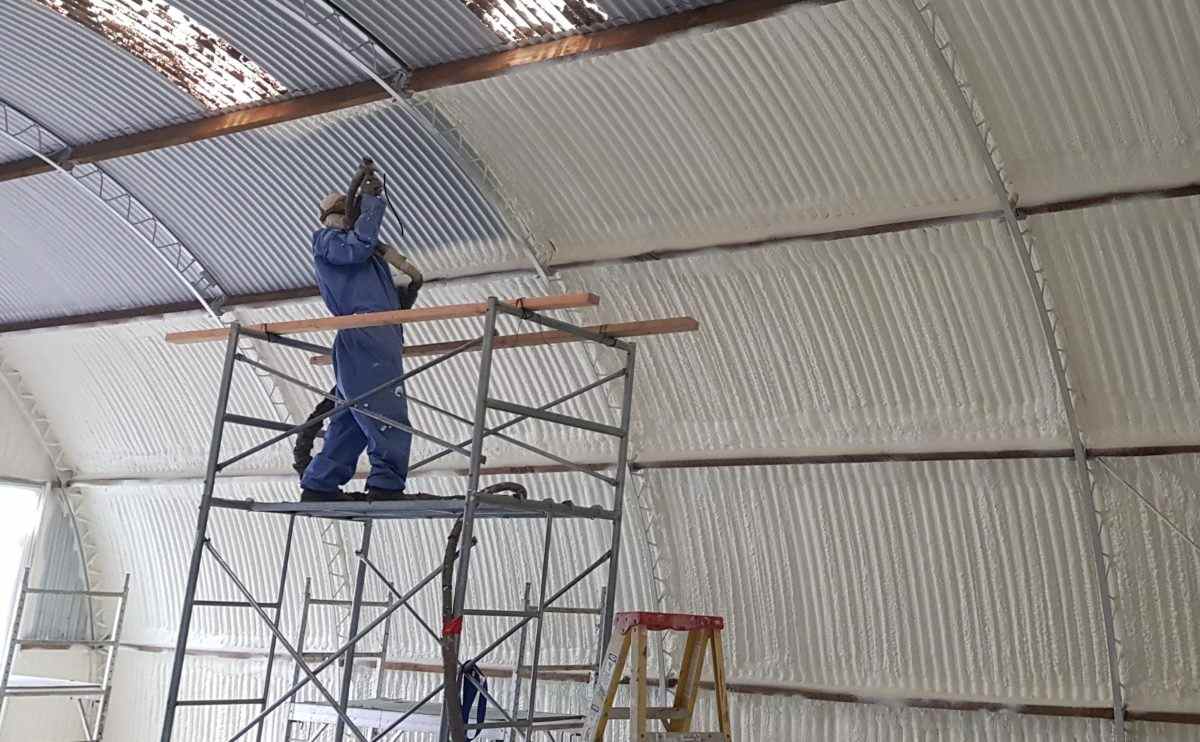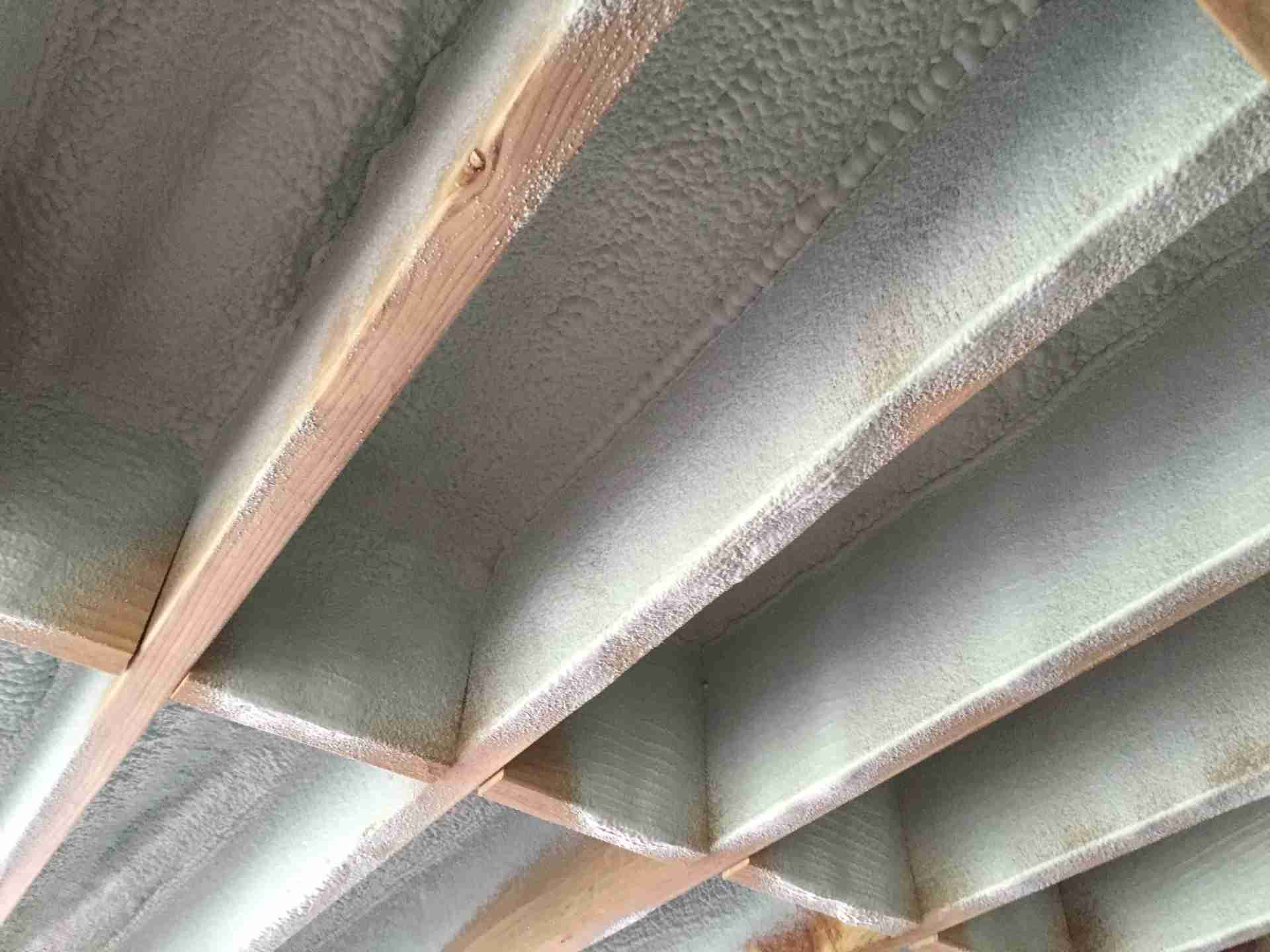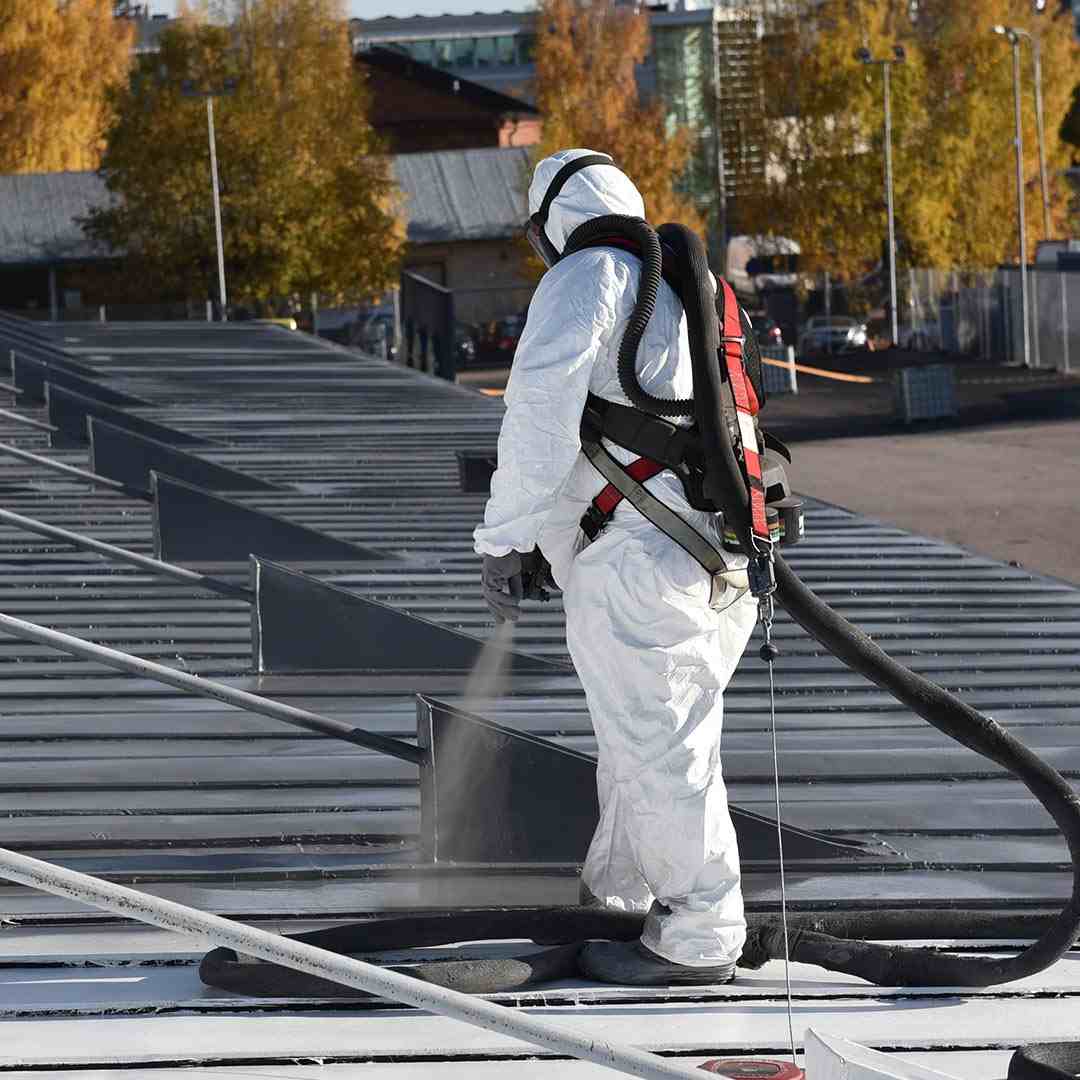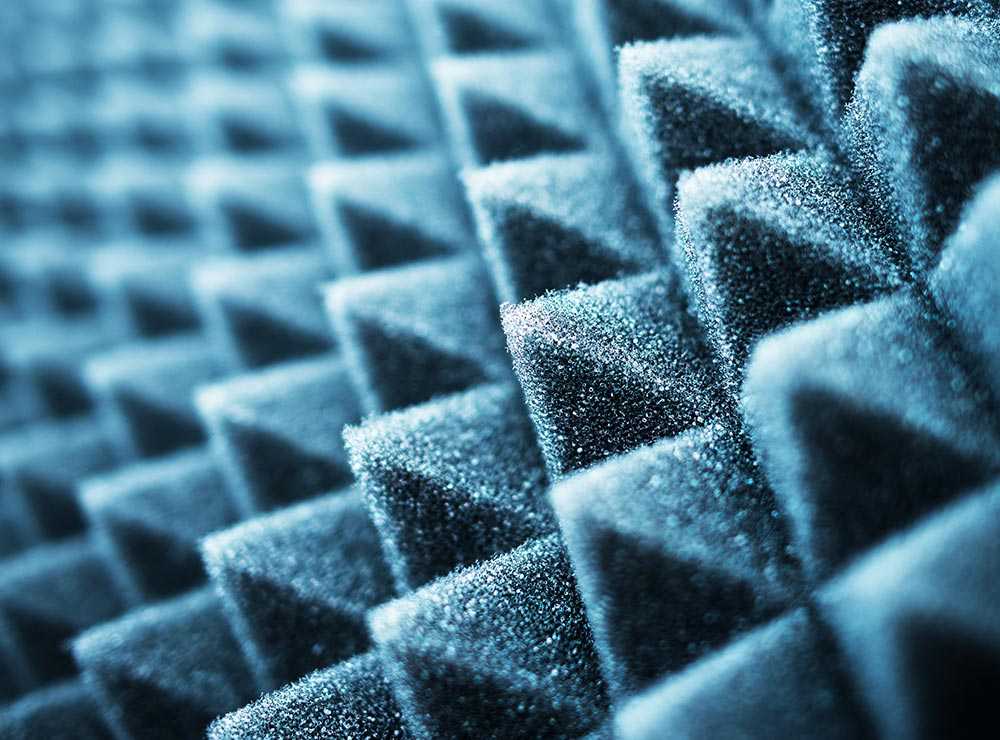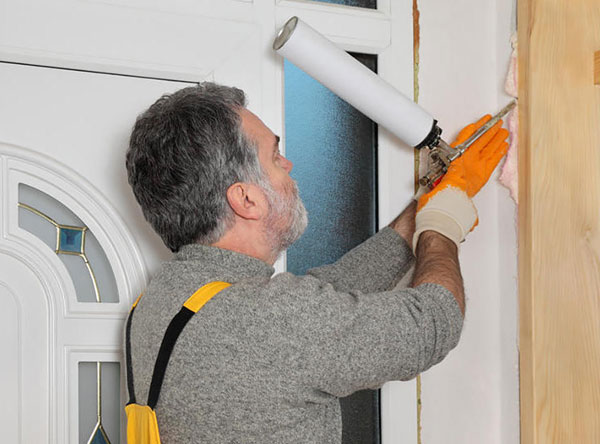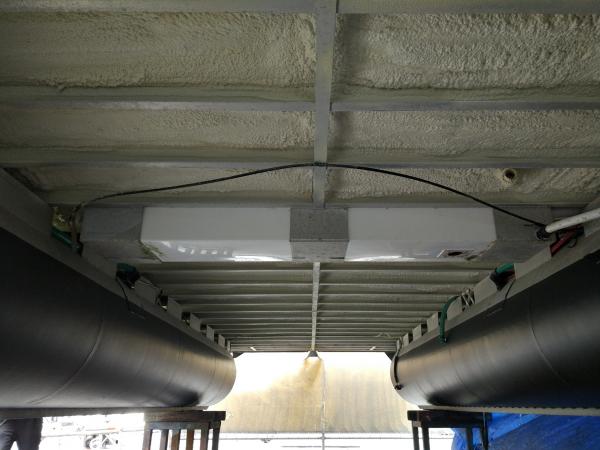Thermal bridge insulation is a critical component of any building or home construction project. Thermal bridging, also known as cold bridging, occurs when heat flows through materials with higher conductivity than surrounding materials, leading to heat loss and condensation formation inside the building. Closed-cell spray foam insulation is an effective solution for thermal bridge insulation, and here’s why:
Higher R-Value
In the context of thermal bridging insulation with closed-cell spray foam, a high R-value is essential to ensure optimal insulation performance. Closed-cell spray foam insulation has a higher R-value per inch than other insulation materials, meaning that a thinner layer of closed-cell spray foam insulation can provide the same performance as a thicker layer of other insulation materials.
This is particularly important for thermal bridging insulation, where it is crucial to minimise the thickness of the insulation layer to reduce the risk of condensation formation. A high R-value also indicates that the insulation material is more resistant to heat flow – reducing heat loss through thermal bridges, making closed-cell spray foam insulation a more energy-efficient insulation solution for anything you want to be insulated.
If you need your home or building insulated, contact our team at NZAS. We use top-quality products with a high R-value to provide the best thermal bridge solutions.
Versatility
Closed-cell spray foam insulation is a versatile insulation material that provides numerous benefits beyond its high R-value. One of its most significant advantages is its ability to create an airtight seal around the thermal bridge – eliminating air leakage and reducing heat loss. When applied, the insulation expands and fills any gaps, ensuring that there are no points of contact between materials that have different levels of thermal conductivity.
This creates a seamless and continuous insulation barrier that significantly reduces the risk of thermal bridging and subsequent heat loss. The airtight seal also prevents the infiltration of moisture, dust, and pollutants, improving indoor air quality and creating a more comfortable and healthy living environment.
To find out more about how to keep your building warm and dry, get in touch with NZAS today to find out more about our thermal bridge solutions.
Moisture Resistant
Closed-cell spray foam insulation is a highly effective moisture-resistant insulation material, which is critical in preventing condensation formation and the subsequent problems that come with it. Condensation occurs when moist air comes into contact with a cold surface, such as a thermal bridge, leading to moisture accumulation and potential damage to the building’s structure and indoor environment.
Closed-cell spray foam insulation’s moisture-resistant properties prevent moisture from penetrating the insulation barrier – reducing the risk of condensation formation and related problems such as rust, dampness, and mould growth in the roof or walls. This helps to maintain a healthy and comfortable indoor environment while also protecting the structural integrity of the building, ensuring its longevity and reducing the need for costly repairs or renovations.
To learn more about how you can get your building insulated with our thermal bridging solutions, get in touch with NZAS today.
Durable
Closed-cell spray foam insulation is a highly durable and long-lasting insulation material that retains its insulating properties for the lifetime of the building. Unlike traditional insulation materials that can settle, sag, or deteriorate over time, closed-cell spray foam insulation maintains its structural integrity and insulating performance, ensuring that the building’s thermal efficiency remains consistent.
The insulation’s rigid and dense structure provides excellent resistance to impact, moisture, and other environmental factors, making it an ideal solution for high-traffic areas, such as roofs and walls. Its durability also ensures that it does not need to be replaced or repaired frequently, saving building owners money on maintenance costs over time.
Once we’ve insulated your building with our thermal bridge products, you’ll be amazed at the difference. Contact NZAS today to get started.
Thermal Bridging Insulation for Masonry Cavity Wall and Roof
Thermal bridging insulation is an essential component of modern building design and construction, used to prevent heat loss through areas of the building structure that have a higher conductivity than the surrounding materials. The insulation can be used in various places, such as roof edges, window frames, and steel supports – improving the building’s energy efficiency and reducing energy consumption.
Thermal bridging insulation is especially crucial in cold climates, where heat loss can be significant, resulting in higher energy bills and decreased occupant comfort. It is also beneficial in warmer climates, where it can prevent the ingress of heat, keeping the indoor environment cool and comfortable.
Overall, thermal bridging insulation is recommended for any building project where energy efficiency, occupant comfort, and environmental sustainability are top priorities. It is commonly used in commercial buildings, residential homes, schools, hospitals, and other structures where these factors are critical. By reducing energy consumption and improving occupant comfort, thermal bridging insulation can help to create healthier, more sustainable buildings for all.
Closed-cell spray foam insulation is an excellent solution for thermal bridge insulation. It offers superior insulation performance, prevents air leakage, is moisture-resistant, and is long-lasting. At NZAS, we specialise in providing closed-cell spray foam insulation for thermal bridge insulation – and our team of experts will assess your project’s specific requirements to ensure optimal insulation performance. Contact us today to learn more about our insulation solutions and how we can help you achieve optimal energy efficiency and indoor air quality for your building.
Choose NZAS Today
Thermal bridge insulation is a vital component of any building or home construction project. By selecting the right insulation material and technique, you can significantly reduce heating and cooling costs, improve energy efficiency, and enhance indoor air quality. Get in touch with NZAS today to get started.
